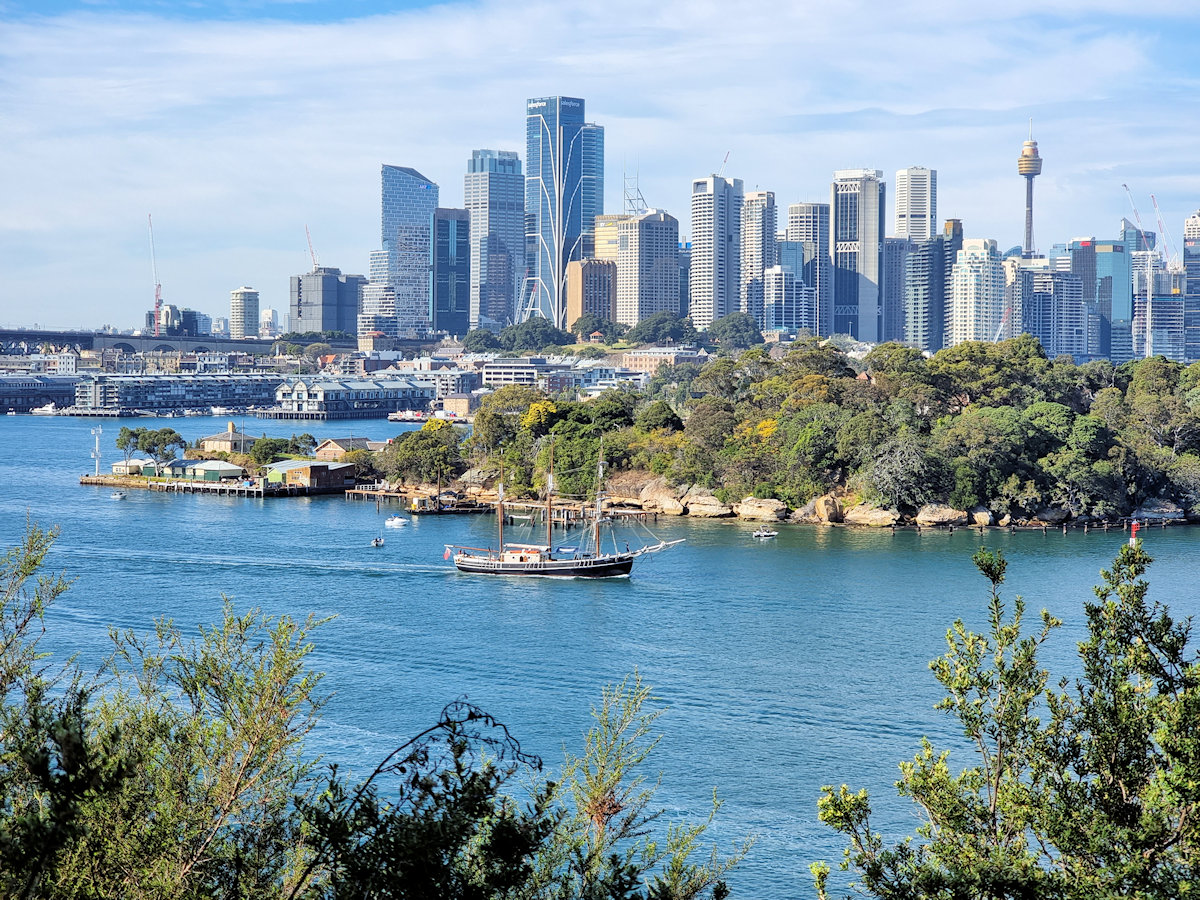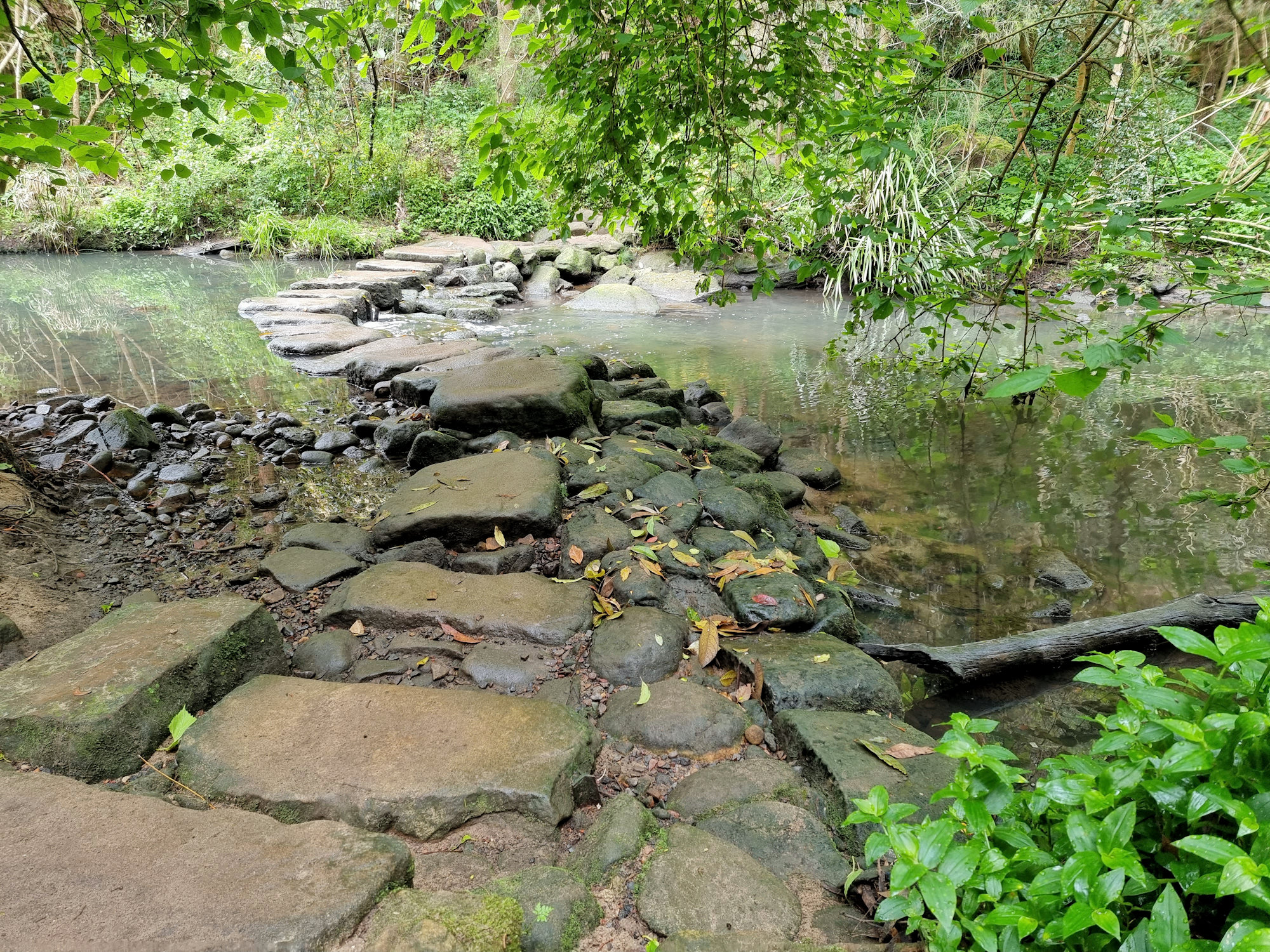Tag: Bush Walk
-
Carradah Park Sydney Australia

Carradah Park Sydney Australia History of the Site The BP refinery at Carradah Park in Waverton has a rich history that dates back several decades. Here is a brief overview of its historical significance: The refinery was established in 1926 by the Anglo-Persian Oil Company, which later became British Petroleum (BP). Its location in Waverton,… Read more
-
Balls Head Reserve Sydney Australia

Balls Head Reserve Sydney Australia Located on the northern side of Sydney Harbour, Balls Head Reserve is a scenic reserve offering breathtaking views of the harbour city and bridge. Winding tracks through regenerated native bushland let you experience the Australian bush without leaving Sydney. History The reserve was named after Henry Lidgbird Ball, who was… Read more
-
Flat Rock Gully Walking Track

Flat Rock Gully Walking Track Located in the Sydney council of Willoughby, Flat Rock Gully Walking Track is a 4km return trip through bushland bordering a small creek. Utilised for the disposal of domestic and industrial waste until 1985, the area became overgrown with weeds. Following the closing of the tip and associated incinerator, the… Read more